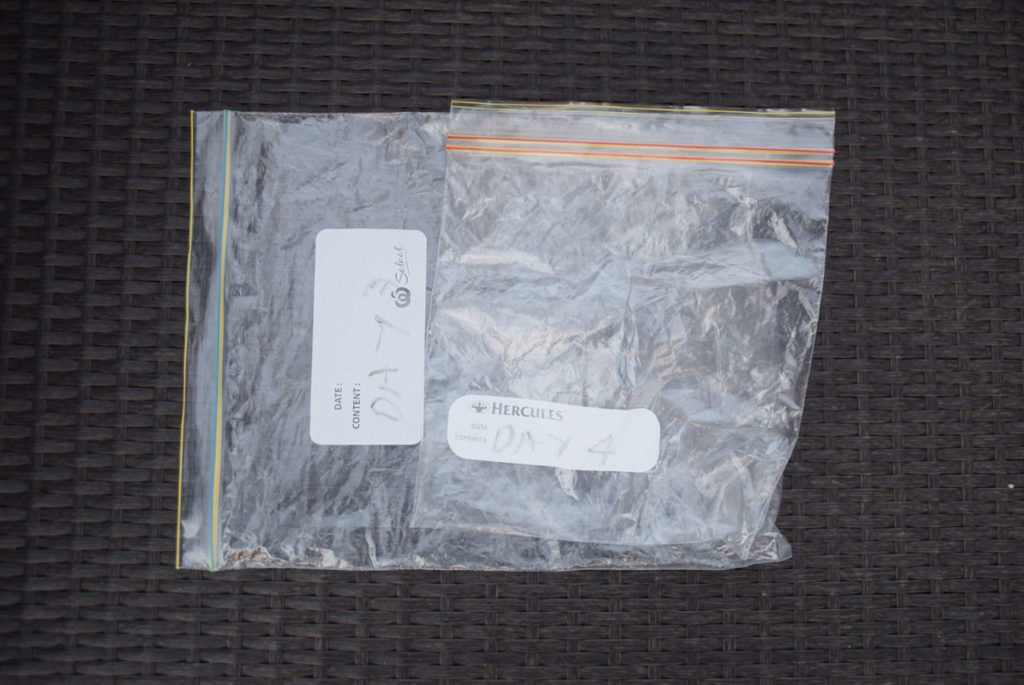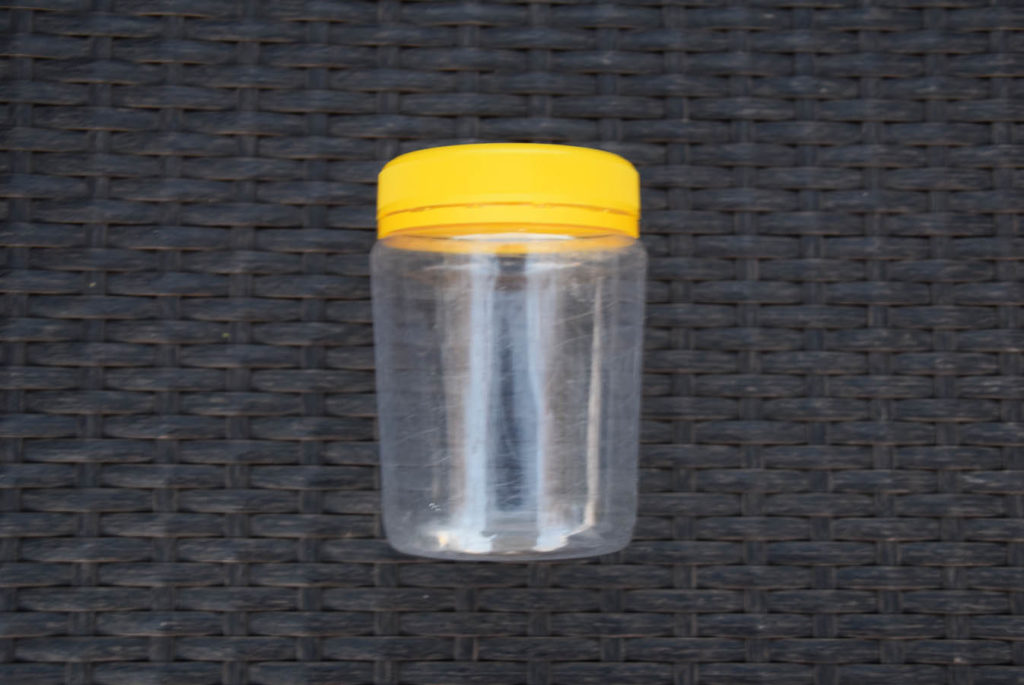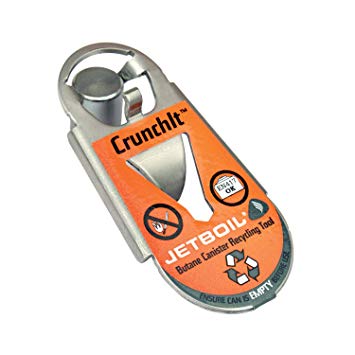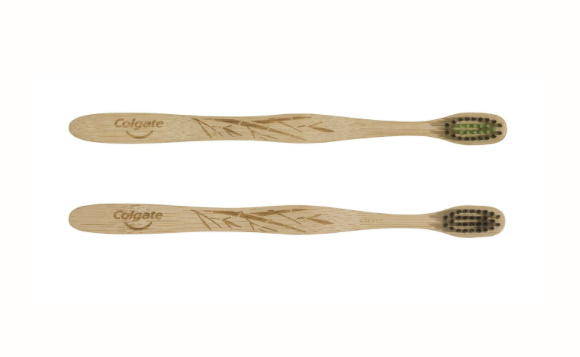Environmentally Friendly Hiking
Hiking practice
I recently received an email from one of our readers asking if I was intending to explore hiking and waste reduction as well as caring for the environment. Usually when I consider a topic I first trawl the internet to see what’s topical. I was really surprised how little this topic was covered compared to most others and what I did find only offered one side of the story.
Now before you switch off thinking this article is going to take the moral high ground, be warned that while we are all about minimising our impact on the environment, it’s not as simple as it sounds. You must be conscious about what you’re doing and using, and you must be persistent. Random, infrequent good practice may help you feel better, but it won’t get us there!
The 3 R's
There are 5 R’s actually – Refuse, Reduce, Reuse, Repurpose and Recycle – in that order. The order of the Rs is important – the Rs closer to the start of the list represent the more sustainable options.
For simplicity we’ve chosen to focus on three of the R’s omitting:
- Refuse which is as it sounds is don’t buy/use it in the first place or buy only what you absolutely need
- Repurpose is about taking something you no longer use and altering it for another use e.g. the mason jar becomes a smoothie cup, the pallet timber becomes a shelving unit, old clothing becomes new products such as bandanas etc.
So, here’s our take on the remaining R’s – reduce, reuse and recycle – as they relate to hiking.
Reduce
The first of our Rs is about reducing the items we carry. In hiking this is also a practice that crosses over with the concept of lightweight and ultralight hiking. In reducing what we carry on our hikes we need to consider the following:
- Do we need a particular item? When we first start hiking we tend to pack our fears and carry things we think we MAY need. Many new hikers will carry a fresh change of clothing for each day and if that is what you want to do, then that’s fine but think about what’s really needed
- Is there something else that can be used to do what you want/need? An example that both Gill and I use here is that our spare clothing packs become our pillows on overnight hikes
- In making new purchases are you purchasing something you need to improve your hiking experience?
- Buy items that will last for a long period
- Packaging is not usually an issue with hiking equipment but when it comes down to food there is a lot of waste both at the purchase point and during the hikes. Should we use a new Ziploc bag each time we hike, or could we use something else? What’s the benefit of reusable containers versus reusing Ziploc bags?
A measure of ‘reduce’ is whether you have used everything you had in your pack. This obviously isn’t a good performance measure for your first aid kit or your personal locator beacon, but you get the picture.
Reuse
You may have a box of things you keep that are broken or you don’t have a use for, but you hang on to them just in case. I own eight packs with most of them performing specific functions but in the case of a few of them, I am never likely to use them again.
If they are they still in good condition but you don’t plan to use them again then sell them, give the item away, or donate it to charity. When giving items away to family and friends, Gill ensures that they will be reused otherwise she donates them to a charity that will use them.
Rechargeable batteries also represent a form of reuse given they can be recharged – a practice that helps to reduce unnecessary wastage compared to the life of regular batteries.
One of the items I carry on all overnight hikes, and some day hikes, is a peanut butter jar. This becomes my container for rehydrating food and my ‘bowl’ from which I will eat several meals.
The performance measure for ‘reuse’ is the volume of waste you have at the end of the hike – the more waste, the less reuse you’ve achieved.

Reused ziplock bags. These big bags contain a days worth of food and I will reuse them until they start falling apart

An empty Peanut Butter Jar makes a great storage container as well as a ‘cold soak’ hiking stove
Recycling
When something is recycled the raw materials will be transformed into another raw material to be shaped into a new item. The outdoor industry is becoming more focused on recycling and you can now buy products containing recycled down and recycled plastics.
Rather than throwing away those used gas canisters make sure they end up in the recycling bin. Jetboil produces the Crunchit Fuel Canister Recycling Tool to make the task easier if you need a hand with this process and if you are using cannisters regularly then it may be worth considering.
Recycling tends to be something that you consider prior to purchase so look for products made from materials that can be recycled at end of life (be aware that not everything can be recycled for various reasons), or products made from recycled materials.

Remove and recycle packaging before you leave home
This not only saves on weight, it stops a lot of recycling being mixed in with the landfill rubbish from your pack. Many bushwalkers will bring two rubbish bags – one for recycling/things to rinse and use again such as heavy-duty bags, and one for landfill. You can rinse and burn food in tins before you pack them out to avoid them smelling or use old coffee bean bags to hold trash.
Quality over quantity
Buying five poor quality jackets over the course of a decade rather than one quality jacket represents a bad run for the environment as well as your hip pocket. If you can’t afford a good piece of gear right now, consider borrowing from friends or your local bushwalking club, buying second-hand or utilising what’s already in your cupboard. It also provides you with the time needed to know what suits you best.
Ethical production
There is currently a lot of interest in ethical production which relates to ensuring that products are produced ethically (including no exploitation of workers), with traceability through the production chain (from origin of raw materials all the way through to shipping arrangements), sustainably with minimal impact on the environment and not tested on or causing harm to animals etc. There are several voluntary standards that will guide you in making your assessment.
Ethical down
The Responsible Down Standard (RDS) is an independent, voluntary global standard, which allows companies to certify their products to the RDS. The RDS was developed and revised over three years, with the input of animal welfare groups, industry experts, brands and retailers. The standard recognises and rewards the best practices in animal welfare including:
- Any removal of down and feathers from live birds (live-plucking or moult-harvesting) is prohibited
- Force-feeding is prohibited
- Holistic respect for animal welfare of the birds from hatching to slaughter
- RDS down and feathers is properly identified; to ensures that non-RDS down and feathers are not mistakenly identified as RDS
- Each stage in the supply chain is audited by a professional, third party certification body
- Only products with 100% certified down and feathers carry the RDS logo.
Goose or duck down largely comes as a by-product from the food sector, but the smaller birds needed in food production have a low down yield given the young age and size of the birds. However (and I don’t want to alarm you too much), higher yields come from older/larger birds and from the practice of live-plucking. High-yield birds can be live-plucked several times a year or up to 16 times in the life of the bird! Really!
The North Face, Patagonia, Marmot and Sea to Summit are companies that have decided live-plucking is not acceptable and as such, are using ethical down in their products. In addition to these companies, PrAna and Arc’teryx are focused on reducing the environmental impact of their products.
It has been estimated that by using clothing items for an additional nine months can reduce related carbon, water and waste footprints by 20-30% (Worldwide Responsible Accredited Production).
So, it makes good sense to give your hiking gear an extended or second life and that’s what Patagonia Worn Wear is about.
Patagonia Worn Wear aims to ensure that hiking gear is used and worn for many years. The way it works is that Patagonia encourages you to wear and repair your gear, then trade-in your Patagonia gear – as a reward you’ll get a voucher to go towards the purchase of new or used Patagonia gear. Worn Wear will then will wash/repair the gear and offer it for sale as a used item at the online store.

Bamboo Toothbrush available at Woolworths Supermarket at the time of this article. Bamboo as a handle material is much more sustainable than plastic and is much easier to cut down and sand. These toothbrushes are sold in a recyclable cardboard package

The Sea to Summit Sea to Summit Spark 2 Sleeping bag, my current bag of choice for all but the coldest hikes and uses Responsibly Sourced Down
Last Words
I noted earlier that minimising our impact on the environment is not as easy as it sounds. We all intend this but only the dedicated get there. Having said that, if we all do our very best to make more sustainable choices every day, we have the potential to make a positive impact that goes beyond our individual efforts.
I think the most positive impact we can have is by supporting those companies that have embraced sustainable and ethical production – that’s the only way others will follow.
Last updated
9/12/2023